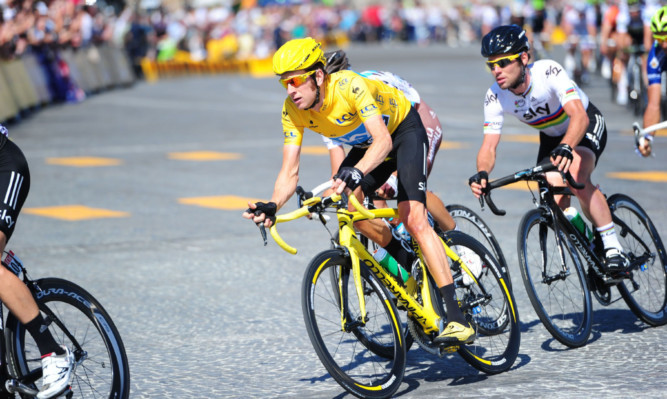
Explore the best of the stunning countryside by bike.
There’s few better ways to enjoy the British countryside than on a bicycle.
And thanks to success stories such as Sir Chris Hoy and Sir Bradley Wiggins, cycling is more popular than ever.
It’s 20 years since the Sea to Sea Cycle Route, otherwise known as the Coast to Coast Route, opened.
Beginning from Whitehaven on the west coast, it crosses the northern part of the beautiful Lake District, climbs the Pennines and ends on the north-east coast at Sunderland.
As well as being one of Britain’s most popular long-distance cycle routes it clocks in at 140 miles it was recently named as one of the ‘10 European routes you need to ride if you’re serious about cycling’ by the website GoEuro.
Despite the distance, it’s designed to suit an extensive range of cyclists, including families, and is completed by around 15,000 enthusiasts each year.
As well as the stunning scenery on offer in places such as Penrith, Eden Valley, Durham Dales and Waskerley Moor, a number of public artworks were commissioned for along the route, so it adds to the fun to look out for the four steel cows, The Old Transformers, and lots more on the way.
In honour of the aforementioned Bradley Wiggins, there has been a new loop added to the route in honour of the Tour de France winner and Olympian. Called Wiggo’s Way, it goes from Penruddock to Stanhope.
With just a few short sections on main roads, the overall route consists mainly of quiet country roads, cyclepaths and off-road tracks.
Tradition states that the back wheel of your bike should be dipped in the Irish Sea to begin the trek and the front wheel in the North Sea to finish.
Usually completed in three to five days, it could be done even more leisurely to enjoy the vast array of restaurants, pubs and attractions on offer along the route.
If you’re a serious cyclist out to prove themselves, however, it has been finished in a single day. But why rush a journey that is so beautiful?

Enjoy the convenience of having The Sunday Post delivered as a digital ePaper straight to your smartphone, tablet or computer.
Subscribe for only £5.49 a month and enjoy all the benefits of the printed paper as a digital replica.
Subscribe